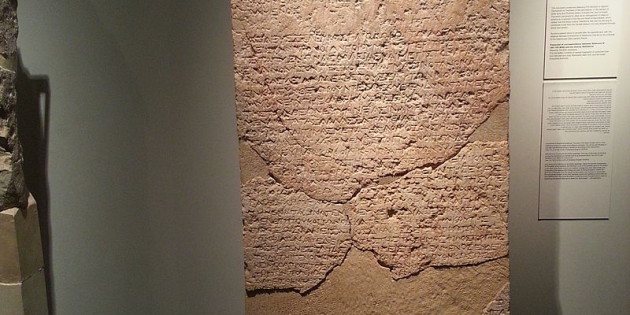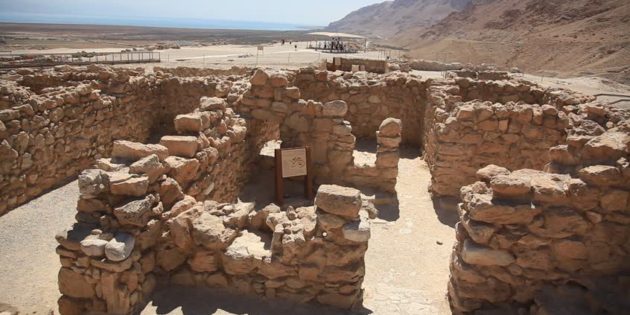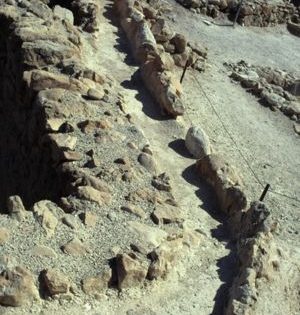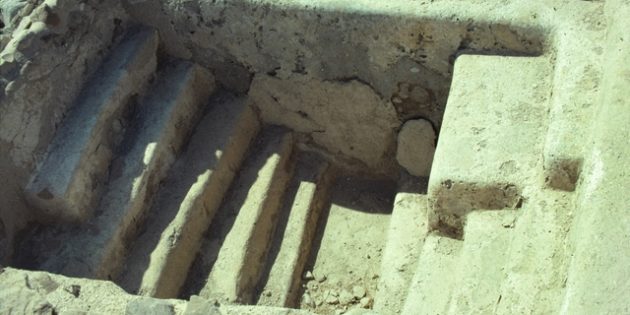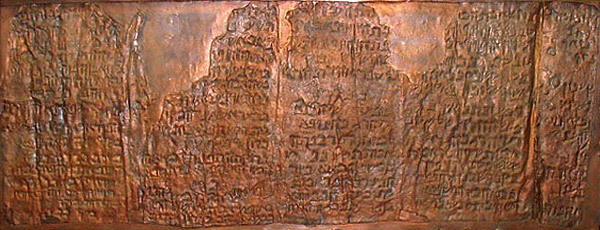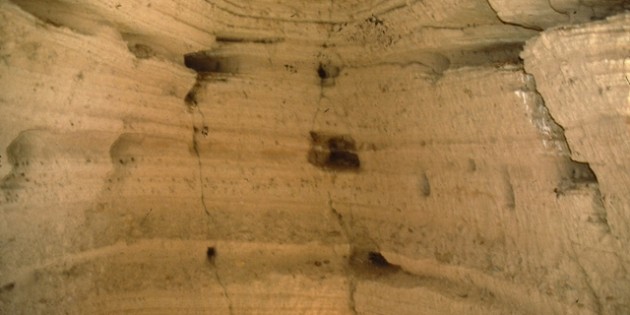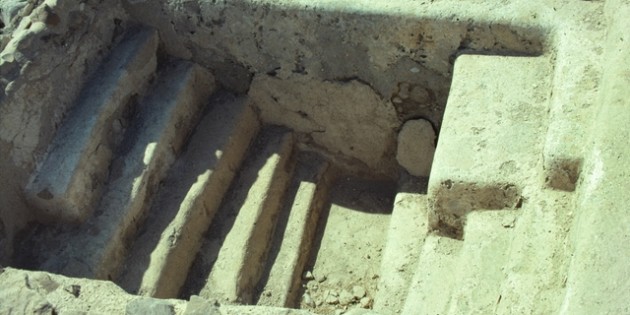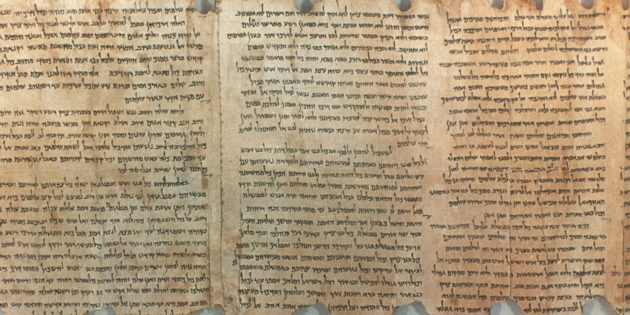Home » Bible and Beyond » Maccabean Period
Maccabean Period
Unique 2,200-year-old stele (inscribed stone block) that provides new insight into the dramatic story of Heliodorus and the Temple in Jerusalem, as related in the Second Book of Maccabees. The newly deciphered stele presents new information about Heliodorus, who, according to the Second Book of Maccabees, received orders to seize the treasure in the Temple in […]
A Greek name meaning “comparable to his father” or “worthy of his father”. In this context, we are referring to Antigonus (died 37 BC), the last ruler of the Hasmonean kingdom of Judea. This is known as the, “Coin of Antigonus”.
Four archaeologists assess the site If you want to understand how archaeologists think, how they reason, how they work, how they interpret finds—and why they sometimes disagree—you will enjoy this discussion among four prominent archaeologists who know as much about Qumran and its excavation as can be known today. Long associated with the Dead Sea […]
Highlights- Coin of Alexander Jannaeus, 103-76 BCE The Temple Scroll, c. 100 BCE The War Scroll, c. 100 BCE Menorah Coin, 40-37 BCE The Ten Commandments Scroll, 30-1 BCE Overview The Maccabees (Hasmoneans) 167-63, Teddy Kollek and Moshe Pearlman, Jerusalem- Sacred City of Mankind, Steimatzky Ltd., Jerusalem, 1991. Biblical History- From Alexander the Great to […]
Qumran has remained a mystery long enough. Forty-five years after excavations first began, all the evidence from the site has still not been satisfactorily reconciled by any single theory. Jodi Magness, in the accompanying article, makes a persuasive case for what Qumran was not. I believe I can make an equally persuasive case for what […]
The key to understanding the Copper Scroll One Dead Sea Scroll stands out as unique—in many ways. First, of course, is the material it is written on. It is the only one of the more than 800 scrolls in the collection that is written, or rather scratched, on copper—thin copper sheets. Obviously, it must have […]
Qumran Cave 4: Palaeo-Hebrew and Greek Biblical Manuscripts (Discoveries in the Judaean Desert, Volume 9) Patrick W. Skehan, Eugene Ulrich and Judith E. Sanderson, with a contribution by P.J. Parsons (Oxford- Clarendon Press, 1992) 250 pp., 47 plates, $105.00 Qumran Cave 4 contained the mother lode of the Dead Sea Scrolls. Nearly 600 of the […]
In a letter to the editor in Queries & Comments, BAR 18-06, Jerusalem guide Walter Zanger questions whether the installations found in the Jewish Quarter excavations directed by the late Nahman Avigad were really mikva’ot (ritual purification baths, singular mikveh), as they were denominated in an article on those excavations.a According to Zanger, only one […]
A recently published fragment among the Dead Sea Scrolls contains beatitudes with some striking similarities to the beatitudes in the Sermon on the Mount (Matthew 5-3–12) and in the Sermon on the Plain (Luke 6-20–23)—and also some important differences. The fragment was published in 1991 by Emile Puech,a my colleague at the École Biblique in […]
Damascus Document The Damascus Document circulated widely in the Qumran community, as evidenced by the number of fragments of the text found in caves 4, 5 and 6. The contents of these Qumran fragments are also found in two medieval manuscripts discovered by Solomon Schechter in 1896 in the genizah in the Ezra Synagogue in […]

